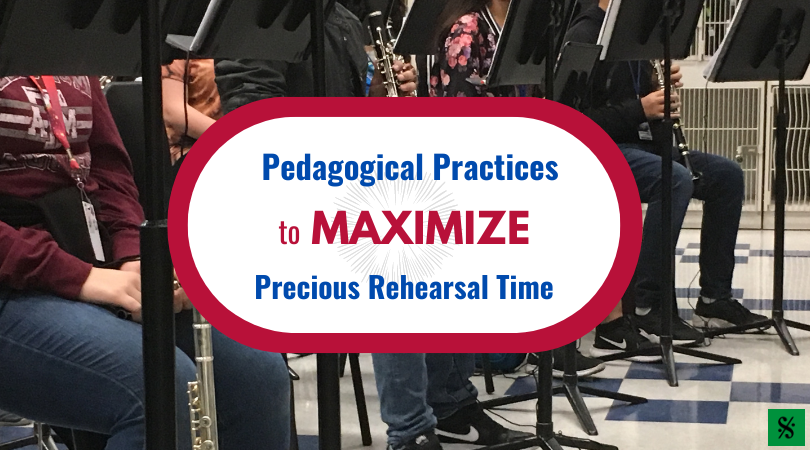I started oboe in my Junior year of college and have a somewhat different aspect on starting an oboist, having had students come to me as both beginners and those transferring from another instrument. As a way of helping the educator, let me give you some ideas to consider.

My personal preference is to start the oboist who has some background in music. This could be singing, playing piano or another woodwind instrument. Some physical properties can be observed early, but others will become apparent as you work with a student.
First, is the observation of a sense of pitch. Unlike instruments with a mouthpiece, because of the double reed, the oboist must learn to hear the pitch before he plays the phrase and be able to tune to the section. Have a student sing a familiar song and listen to see how they maintain pitch is a good start. Also, having a student sing a phrase of music and observe their ability to start and finish on the correct pitch is another way to make the determination of hearing ability.
Secondly, the ability to focus and work alone are skills all music students need, but are essential to an oboist. Observing beginning students over a period of time allows the teacher to make these essential determinations. Student oboist who want to progress should be encouraged to learn to adjust or make reeds and to practice to physically maintain an embouchure. Often oboists enroll in private lessons which requires extra independent practice as well.
There are some things that do not totally prevent success, but can prove difficult to overcome. Hand size is important to covering the open keys. The oboe has a larger reach to cover the key than many other winds. A student that is double jointed often has a problem with finger dexterity on the oboe. Because the oboe has no mouthpiece, a correct embouchure is essential to success. Even teeth and the ability of the upper lip to cover the upper teeth is essential to a good embouchure. The upper lip has fewer muscles than the lower and the ability to cover the teeth is essential to endurance.
Through the years I have observed that many oboists who want to choose music as a career are fighting a physical problem on the oboe that would not be a problem on another instrument. Taking care to fit the student to the instrument can prevent this problem and ensure success.
While you may be a veteran teacher, remember, “today is the first day of a student’s musical life.” There are enough problems to playing well, but the opportunity to ensure success starts with understanding the needs of the instrument and the abilities of the student to matching them well.
Richard Rath received the B.M.E and M.A., Degrees from West Texas A&M University with advanced work at The University of Southern MS. His teachers include Dr. Gary Garner, Alice Gordon Cooke, Dr. William T. Gower, John Mack (Cleveland Orchestra), and Dr. Eugene Rousseau (Summer Sessions). Mr. Rath is a Yamaha Performing Artist. He has served as Principal Oboe in The OK Sinfonia, South Dakota Symphony, Arkansas Symphony, Meridian Symphony, Shreveport Symphony and is owner/maker of Richards Double Reeds.
Mr. Rath was on the Founding Committee of the International Double Reed Society and is a frequent performer at their Annual Conventions. Mr. Rath is a Yamaha performing artist/clinician. Mr. Rath performs on: Oboe – YOB 841L /Alto Sax – YAS 875 EX / Soprano Sax – YSS-875HGEX /Flute – YFL – 584H / Clarinet – YCL – SEV
www.richardrath.com / www.richardsdoublereeds.com
Related Reading:
Beginning Oboe – The First Sound
Anatomy of an Oboe Player
Best Tips for Teaching Oboe and Bassoon (Collaborative Post)
If you would like to receive our weekly newsletter, sign up here.
Don’t forget to like us on Facebook too!
Learn. Share. Inspire.
BandDirectorsTalkShop.com






Leave a Reply
You must be logged in to post a comment.